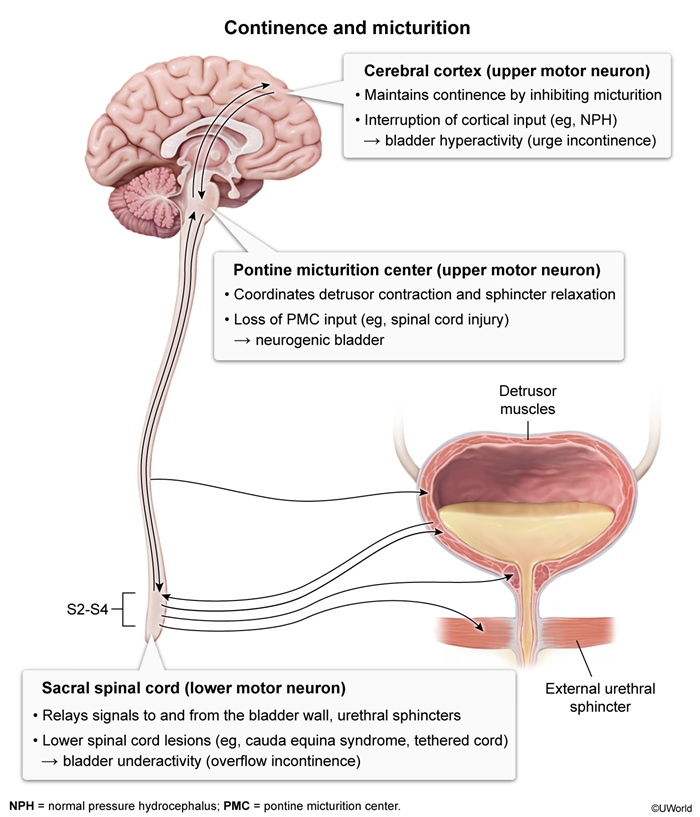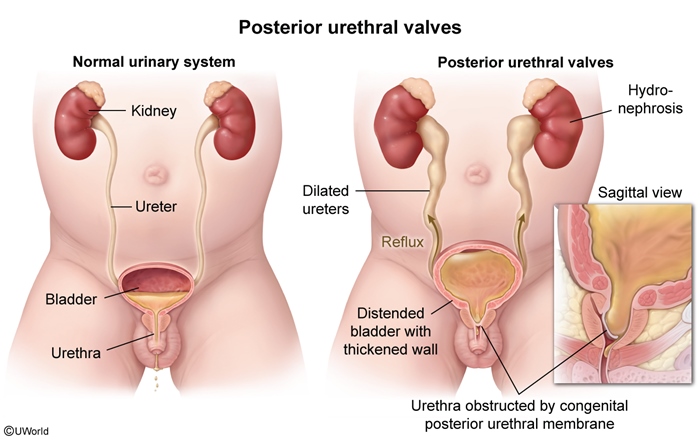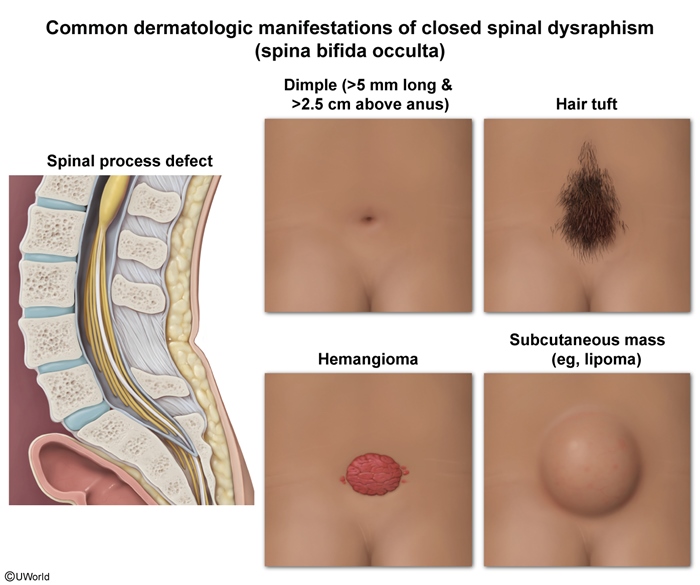Primary Nocturnal Enuresis
Article Sections
Introduction
Nocturnal enuresis is defined as bed-wetting in children age ≥5. The most common cause is delayed maturation of bladder control (ie, primary nocturnal enuresis), which occurs in an otherwise asymptomatic child who has never achieved prolonged nighttime dryness. Less common, underlying medical conditions (eg, diabetes mellitus, urinary tract infection [UTI]) must be excluded based on a thorough history and evaluation.
Classification
Nocturnal enuresis is defined as bed-wetting in children age ≥5 and can be classified as primary or secondary (Table 1):
- Primary nocturnal enuresis (most common): Defined as nighttime urinary incontinence in a child who has never achieved a prolonged period of nighttime dryness. This condition affects approximately 15% of children age 5; males are twice as likely to be affected compared to females. A family history of bed-wetting is the greatest risk factor.
Continue Learning with UWorld
Get the full Primary Nocturnal Enuresis article plus rich visuals, real-world cases, and in-depth insights from medical experts, all available through the UWorld Medical Library.
Figures

Figure 1

Figure 2

Figure 3
Tables
Table 1
Table 2
Table 3